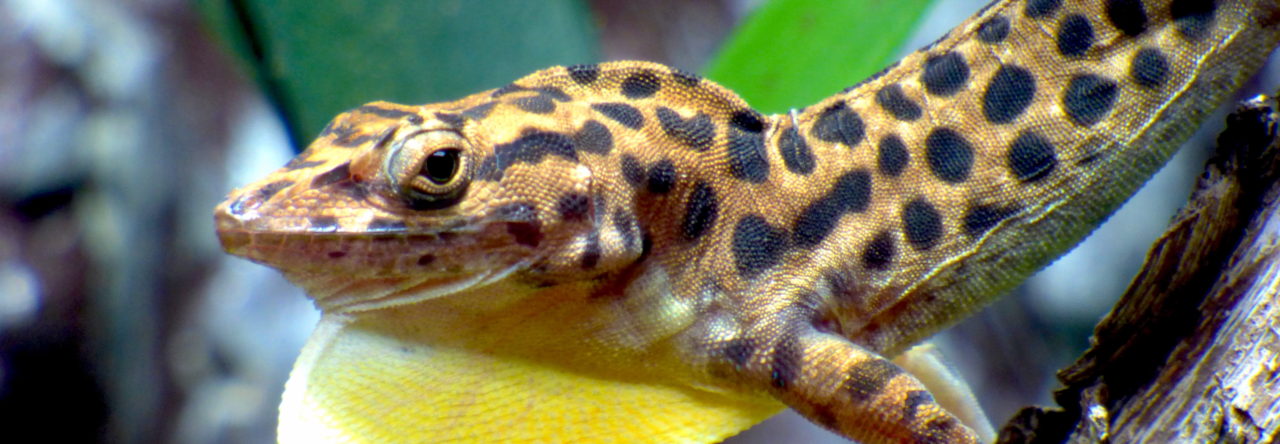 Anole species have been introduced to many places throughout the Caribbean and elsewhere (for example, Florida and Costa Rica), but relatively little research has examined the ecological impact of these invaders. Anolis carolinensis has been in the Ogasawara Islands of Japan for several decades, where it attains high population densities and has been blamed for local declines and even extinctions of native insects. It also is thought to negatively affect an endemic skink. Toda et al. report efforts to eliminate the green anole from port areas, so as to prevent them from stowing away and invading additional islands, and to reduce their population densities in other areas. They have found the most effective techniques to be putting out glue-traps designed for cockroaches (pictured here), which reduced anole densities by as much as 50% in some areas, and building Teflon-sided fences that anoles cannot climb. Efforts are continuing to eradicate these anoles and other invasive species on these islands. This paper also briefly reports a nice demographic study of the lizards, finding that some individuals could live longer than four years.
Anole species have been introduced to many places throughout the Caribbean and elsewhere (for example, Florida and Costa Rica), but relatively little research has examined the ecological impact of these invaders. Anolis carolinensis has been in the Ogasawara Islands of Japan for several decades, where it attains high population densities and has been blamed for local declines and even extinctions of native insects. It also is thought to negatively affect an endemic skink. Toda et al. report efforts to eliminate the green anole from port areas, so as to prevent them from stowing away and invading additional islands, and to reduce their population densities in other areas. They have found the most effective techniques to be putting out glue-traps designed for cockroaches (pictured here), which reduced anole densities by as much as 50% in some areas, and building Teflon-sided fences that anoles cannot climb. Efforts are continuing to eradicate these anoles and other invasive species on these islands. This paper also briefly reports a nice demographic study of the lizards, finding that some individuals could live longer than four years.
- Evolution in Real Time on Lizard Island - March 23, 2025
- Spider Snags Adult Anolis osa - March 22, 2025
- An Homage to the Green Anoles of New Orleans - March 21, 2025


Gwen
I am terribly frightened of these lizards. I just moved to NC and they would startle me at my front gate.
Do you think they would be repelled by an electronic sound device?
commander Louis
yes